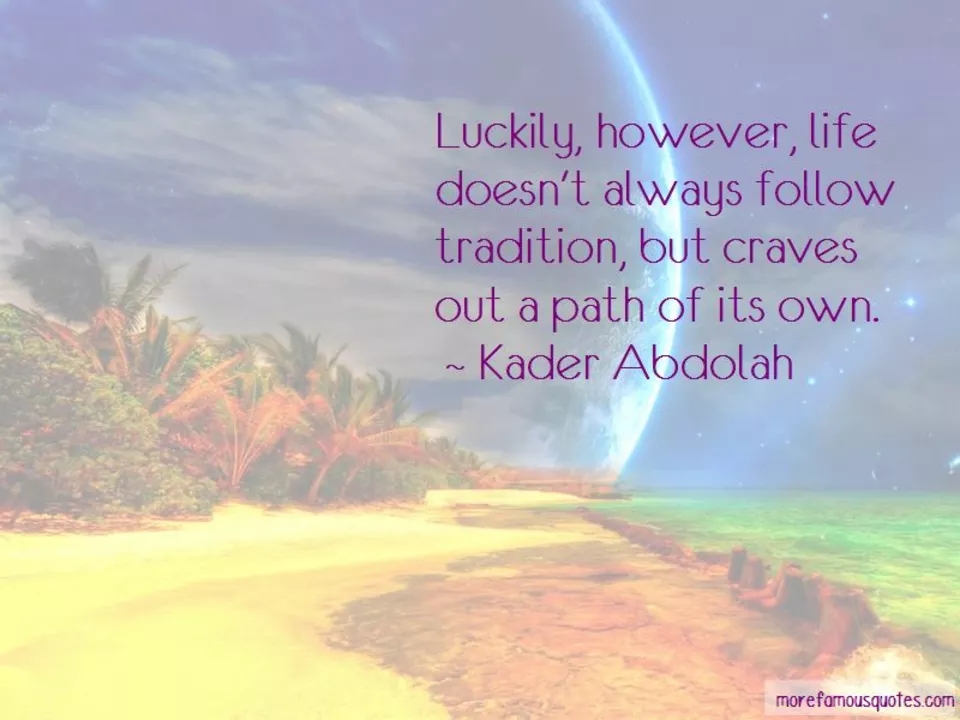Popular Music Trends: What’s Hot and Why It Matters
Ever wonder why a song you loved two weeks ago suddenly disappears from the radio? That’s the power of popular music – it moves fast, and it’s driven by what people stream, share, and talk about. In this guide we’ll break down what makes a track climb the charts, how streaming platforms shape the sound, and a few tricks to stay ahead of the next big hit.
Why Popular Music Changes Fast
First off, the biggest driver today is streaming. Apps like Spotify, Apple Music, and YouTube count every play, and those numbers feed directly into chart rankings. When a playlist curator adds a new tune to a high‑traffic list, the song can blow up overnight. It’s not just about sales anymore – it’s all about how many ears are listening at the same time.
Social media also throws a huge wrench into the mix. A short clip on TikTok can turn a sleepy indie track into a global anthem. Think of the viral dance challenges that push songs into the top 10 without a radio push. That’s why artists now plan releases around trending hashtags and challenges; they’re betting on short, catchy moments that fans can remix.
Another factor is genre blending. Today’s hits mash pop, hip‑hop, EDM, and even country in ways that used to be rare. Listeners have short attention spans, so a song that offers something fresh in each 30‑second hook keeps them hitting replay. That’s why you’ll hear a pop chorus followed by a rap verse, then a trap beat drop – it’s a recipe for staying on the listener’s radar.
How to Keep Up with the Latest Hits
If you want to stay in the loop, start by following a few key playlists. "New Music Friday" on Spotify, "Today's Top Hits" on Apple Music, and the "Trending" section on TikTok give you a daily snapshot of what’s climbing. Most platforms also let you see the number of streams a song has, so you can spot the next breakout before it hits mainstream radio.
Another tip: watch the charts, but don’t rely on just one source. Billboard’s Hot 100, the UK Official Charts, and regional lists in your country each have their own data inputs. Comparing them can reveal which songs are truly global versus those that are just local favorites.
Finally, engage with the community. Comment on tracks, share playlists, and join music forums. Fans often discuss upcoming releases and hidden gems before they become chart‑toppers. Being part of that conversation not only makes you feel in the know, it also helps you discover tracks that suit your taste.
Popular music isn’t a static playlist – it’s a living ecosystem that reacts to how we listen, share, and talk. By paying attention to streaming numbers, social trends, and genre mash‑ups, you can understand why a song rises and how to catch the next wave before it crashes onto the airwaves. So next time you hear a new favorite, you’ll know exactly why it’s blowing up, and you’ll be ready for the next hit that’s just around the corner.
What well-known songs have lyrics that make no sense at all?
- Kieran Lockhart
- on May 6 2023
- 0 Comments
As a music enthusiast, I recently delved into the world of well-known songs with lyrics that make no sense at all. I was quite surprised to find out that some of our favorite tunes have bizarre or nonsensical lyrics. For instance, songs like "I Am the Walrus" by The Beatles and "Smells Like Teen Spirit" by Nirvana left me scratching my head, trying to decipher their meanings. It made me realize that sometimes, it's not always the lyrics that make a song great, but the emotions and memories they evoke in us. So let's just enjoy the music, even if we can't always make sense of the words!
